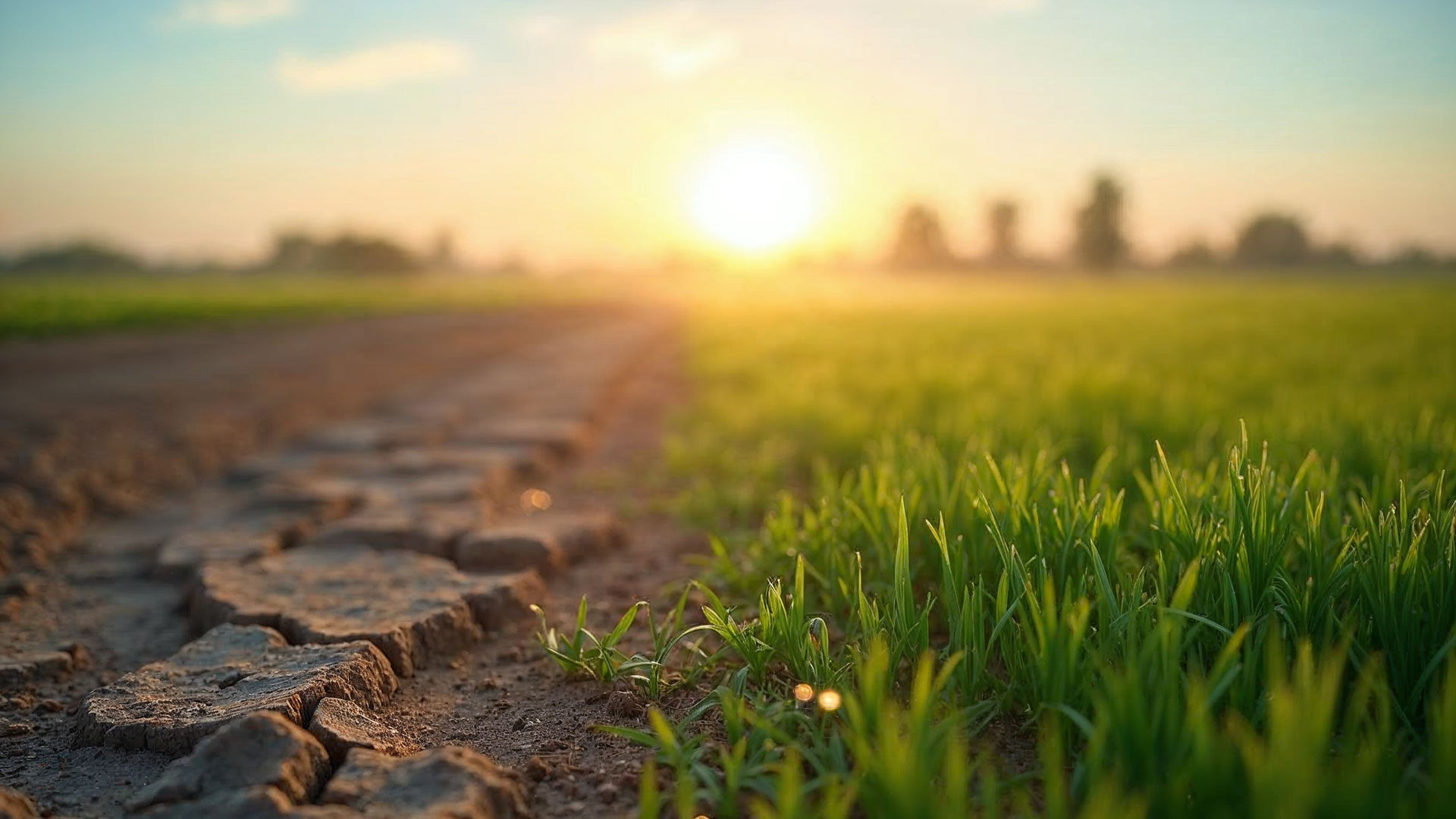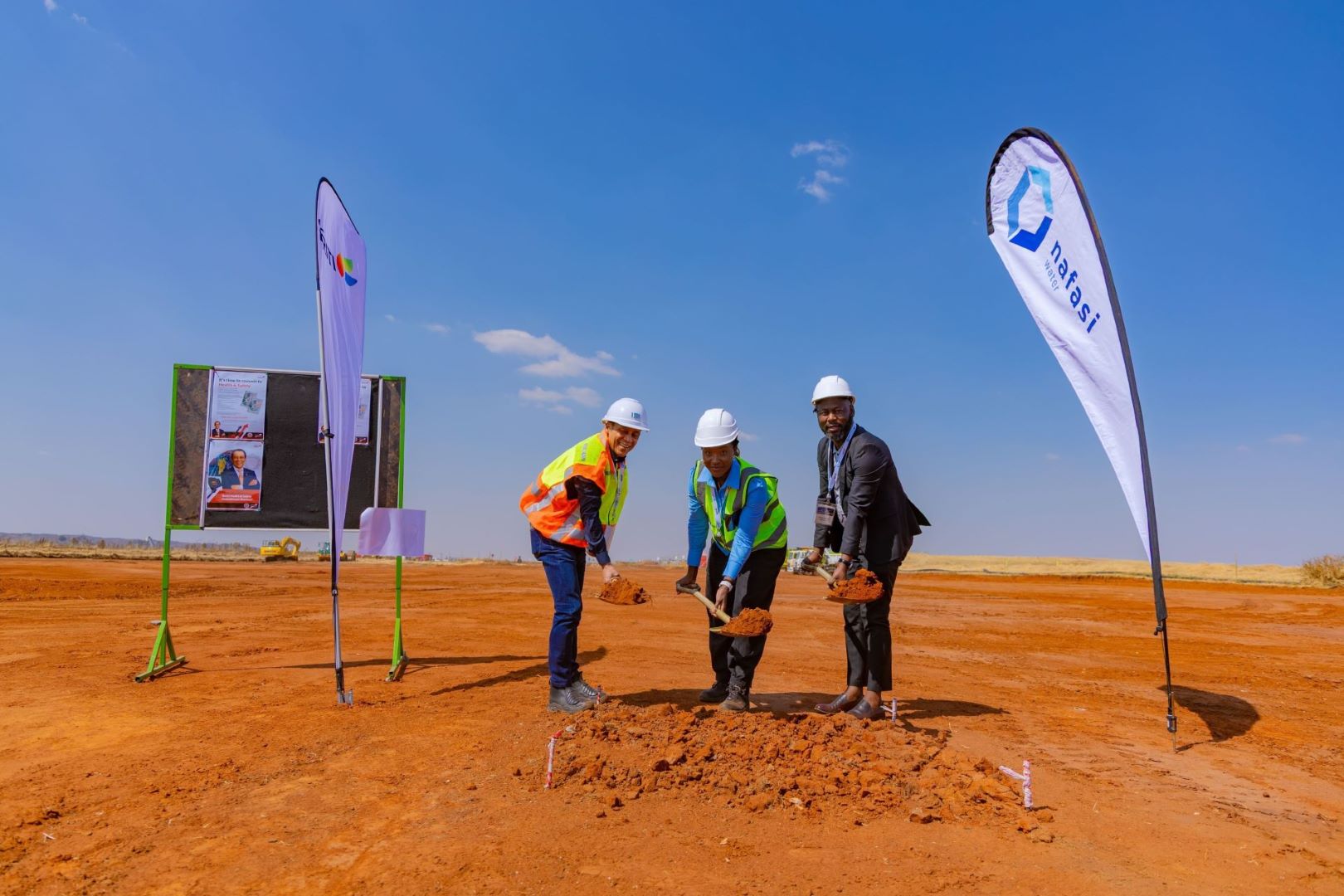
“NASA confirms evidence that liquid water flows on Mars.” This groundbreaking announcement on September 28, 2015, revealed that researchers had detected hydrated minerals on Martian slopes where dark streaks appeared. This discovery suggested the presence of seasonal saltwater. Water was used to determine the potential for life. This, more than anything, reinforced a fundamental truth: water is the essence of life.
Despite its undeniable importance, the world remains water-blind, mainly failing to grasp the deep interconnection between water and society. This blind spot manifests in growing water crises worldwide, from droughts and floods exacerbated by climate change to severe pollution. By 2030, global freshwater demand is projected to exceed supply by 40%, posing systemic risks to economies, societies, ecosystems, and geopolitics.
Water as a Driver of Civilisation
A paradigm shift is needed that reframes water as both a natural and societal force. Leading water historian Prof. Terje Tvedt argues that the hydrosocial cycle, the interplay between water and society, must be acknowledged alongside the natural hydrological cycle. Water has shaped civilisations for millennia, influencing settlement patterns, industrialisation, and economic development. However, rapid population growth, urbanisation, and industrial expansion have placed immense pressure on this finite resource.
Addressing the crisis requires restoring sustainable water systems and rethinking water management.
Water Reuse: A Critical Solution
One key strategy is water reuse, which involves treating and recycling wastewater from households, industries, and agriculture. This concept is not new—ancient civilisations like Mesopotamia and the Indus Valley used wastewater for irrigation. Modern wastewater recycling began in the early 20th century, with California pioneering wastewater reclamation for agriculture in 1926. Today, advanced wastewater treatment allows for high-quality water recovery, transforming wastewater from a liability into a valuable resource.
Beyond water conservation, reuse facilitates nutrient, energy, and material recovery. Elements like phosphorus and nitrogen can be extracted for fertilisers, while biogas can be harnessed as an energy source. This holistic approach aligns with circular economy principles, reducing waste and maximising resource efficiency.
The Path to Zero Liquid Discharge (ZLD)
Waste reuse typically involves partial recovery, reusing treated water for irrigation, industrial processes, or even potable applications. Zero Liquid Discharge (ZLD) is a more advanced approach, which ensures nearly 100% water recovery, leaving only solid residues for further processing. Industries such as power generation, textiles, pharmaceuticals, and mining can benefit from ZLD, reducing wastewater discharge while recovering valuable byproducts like salts and minerals.
Effective wastewater reuse hinges on six key pillars:
- Source Control: Managing contaminants at the source.
- Advanced Treatment: Using cutting-edge purification technologies.
- Fit-for-Purpose Applications: Matching water quality to its intended use.
- Resource Recovery: Extracting valuable byproducts.
- Regulatory Compliance: Adhering to water quality and safety standards.
- Public Engagement: Gaining societal acceptance for recycled water use.
While technological solutions exist, challenges remain. Public perception, regulatory barriers, and economic considerations often hinder large-scale implementation. Overcoming these obstacles requires a combination of political support, financial investment, and widespread education on the benefits of water reuse.
A Call to Action
The looming water crisis may not be entirely avoidable, but its impact can still be mitigated. Transitioning from wastewater disposal to resource recovery is essential for long-term water security. This shift demands innovation, investment, and urgent policy changes to mainstream water reuse and ZLD systems.
The message is clear: Water is not just a resource—it’s a responsibility. We can build a more resilient and sustainable future by embracing water reuse and recovery.
Other Latest News Articles
Explore our other latest updates, industry insights, and innovative solutions shaping the future of water sustainability across Africa.
.jpg)

